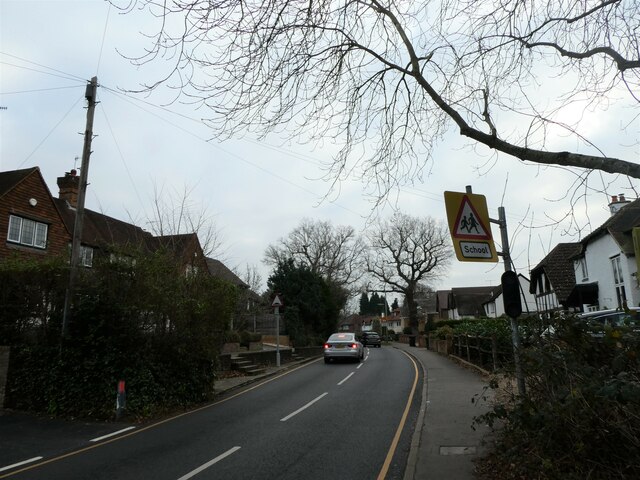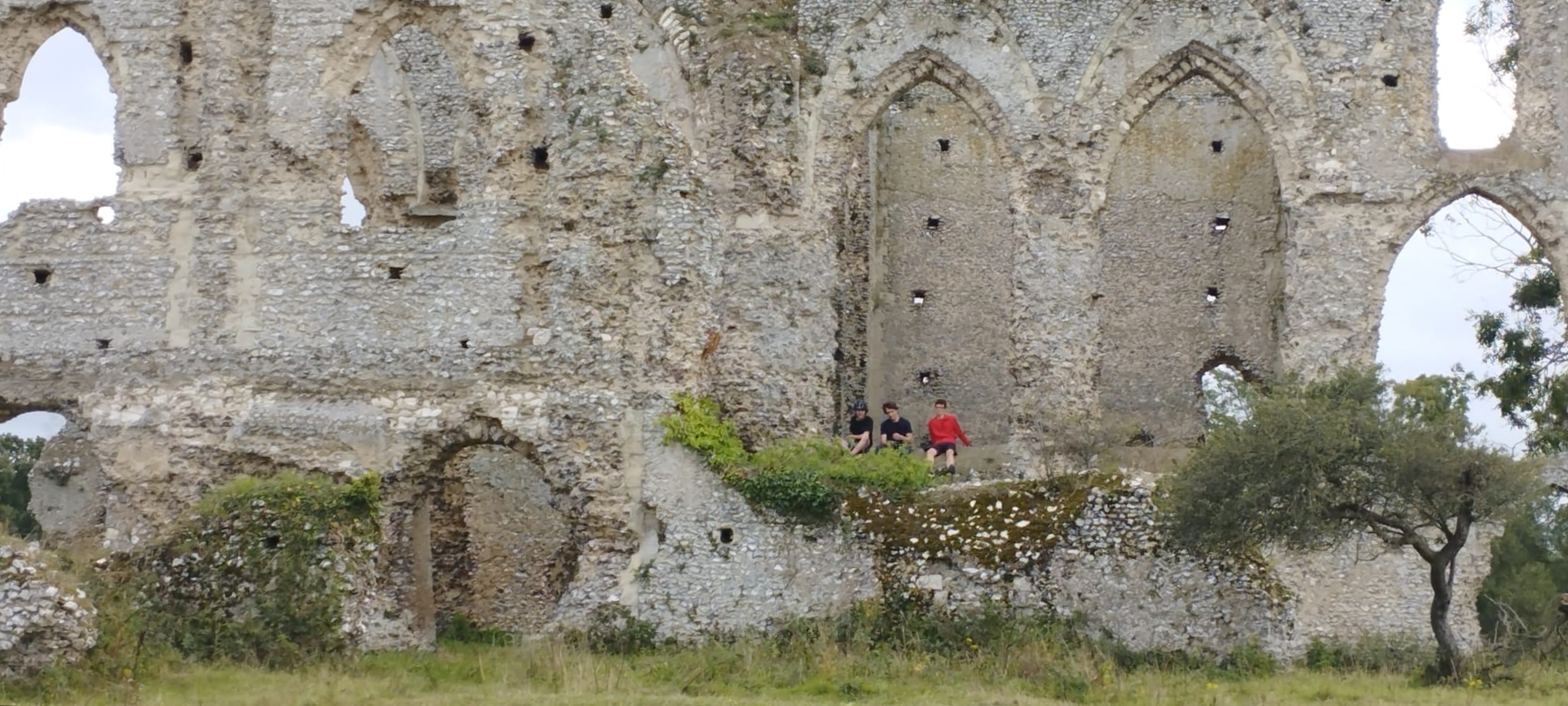Oldhall Copse
Wood, Forest in Surrey Woking
England
Oldhall Copse

Oldhall Copse is a picturesque woodland located in Surrey, England. Spanning across an area of approximately 50 acres, this ancient woodland is nestled in the heart of the Surrey Hills Area of Outstanding Natural Beauty. It is a beloved destination for both locals and visitors alike, offering a tranquil escape from the hustle and bustle of everyday life.
The copse is predominantly composed of broadleaf trees, including oak, beech, and birch, which create a dense canopy overhead. These majestic trees provide shelter and a rich habitat for a diverse range of wildlife, such as deer, foxes, and numerous bird species. The woodland floor is adorned with a carpet of wildflowers and ferns, adding to the enchanting atmosphere.
A network of well-maintained footpaths winds through Oldhall Copse, allowing visitors to explore and appreciate its natural beauty. These paths lead to several scenic spots, including a small stream that meanders through the woods, creating a soothing soundtrack of babbling water. There are also designated picnic areas, providing the perfect opportunity to enjoy a packed lunch amidst the serene surroundings.
Oldhall Copse is not only a place of natural beauty, but it also holds historical significance. The woodland has ancient origins, and remnants of Iron Age settlements have been discovered nearby. This adds a layer of intrigue and fascination to the copse, making it an intriguing destination for history enthusiasts as well.
Overall, Oldhall Copse is a precious gem in the Surrey countryside. Its combination of natural beauty, wildlife, and historical significance make it a must-visit destination for anyone seeking a peaceful and idyllic woodland experience.
If you have any feedback on the listing, please let us know in the comments section below.
Oldhall Copse Images
Images are sourced within 2km of 51.303513/-0.52586845 or Grid Reference TQ0257. Thanks to Geograph Open Source API. All images are credited.




Oldhall Copse is located at Grid Ref: TQ0257 (Lat: 51.303513, Lng: -0.52586845)
Administrative County: Surrey
District: Woking
Police Authority: Surrey
What 3 Words
///blows.faced.zoom. Near Send, Surrey
Nearby Locations
Related Wikis
Woking Palace
Woking Palace is a former manor house of the Royal Manor of Woking on the outskirts of Woking, near the village of Old Woking, Surrey. The manor was in...
St Peter's Church, Old Woking
St Peter's Church is situated in Old Woking, Surrey, England. It is recorded in the Domesday Book. It also has the third oldest surviving door in the...
Papercourt Marshes
Papercourt Marshes is a 10-hectare (25-acre) nature reserve in the borough of Guildford in Surrey. It is managed by the Surrey Wildlife Trust. A roughly...
Hoe Bridge School
Hoe Bridge School is an independent co-educational, pre-prep and prep school in Woking, England. At its last full inspection in 2023 it was rated excellent...
Old Woking
Old Woking is a ward and the original settlement of the town and borough of Woking, Surrey, about 1.3 miles (2.1 km) southeast of the modern town centre...
White Rose Lane
White Rose Lane is a 3.4-hectare (8.4-acre) Local Nature Reserve in Woking in Surrey. It is owned and managed by Woking Borough Council.This site is damp...
Newark Priory
Newark Priory is a ruined priory on an island surrounded by the River Wey and its former leat (the Abbey Stream) near the boundary of the village (parish...
Woking College
Woking College is a sixth form college in Woking, Surrey, with over 1,500 16-19-year-olds studying A Levels and advanced vocational courses. It was the...
Nearby Amenities
Located within 500m of 51.303513,-0.52586845Have you been to Oldhall Copse?
Leave your review of Oldhall Copse below (or comments, questions and feedback).


















